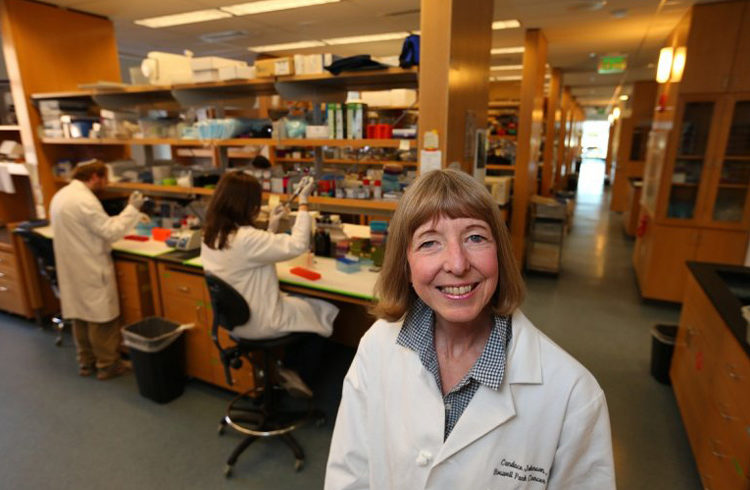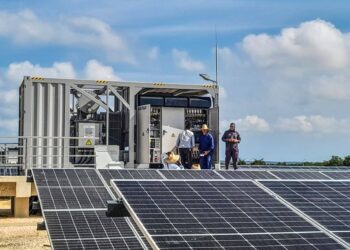The first clinical trial in the United States of the Cuban lung cancer vaccine began in the Roswell Park Cancer Institute in Buffalo, New York. The trial of the CIMAvax-EGF, which had been announced last October, was confirmed this Friday by Annie Deck-Miller, the U.S. institution’s media relations manager.
According to the CNN TV channel, Deck-Miller announced via email the start of the trial “just this month” and referred to the joint work of her Institute with the Molecular Immunology Center (CIM) of Havana.
The trial will take at least three years to be completed and up to 90 patients will participate in it. It will be mainly financed with donations from the Roswell Park Alliance Foundation and it is expected that some 2.4 million dollars will be invested for the initial stages of the study.
In an interview for HemOncToday, Dr. Candace S. Johnson, president and CEO of the Roswell Park Cancer Institute, commented that this clinical trial can pave the way for future researches in the United States and thus improve access to cancer therapies in the country.
According to Dr. Johnson, one of the most moving elements of the CIMAvax is that they think it will not only help someday to treat lung cancer but also to possibly avoid it.
Roswell Park’s president highlighted that the vaccine has significantly prolonged the survival of patients with lung cancer and has already been tried on more than 5,000 persons in several countries. In addition, she said she felt optimistic about the efficacy of the medicine to combat other types of cancer and even to prevent the disease in persons with a high risk of suffering it.
In the interview she said that science says that that vaccine is unique, that there’s nothing similar to it in any other part of the world and that it has the potential to help thousands or perhaps millions of persons.
According to Candace S. Johnson, the study will be headed by Dr. Grace Dy, head of her Institute’s thoracic oncology, and will assess the safety and efficacy of CIMAvax in combination with nivolumab, another immunotherapy inhibitor used in the second line therapy for patients with recurrent lung cancer.

Regarding how the vaccine works, Dr. Johnson pointed out that instead of attacking the tumor itself, it is directed at the epidermal growth factor (EGF) needed by the lung cancer cells to develop. The beauty of this simple focus, she affirmed, is that the vaccine is not expensive to produce and easy to administer, even in rural conditions of difficult access for the physicians.
According to the U.S. scientist, every year 1.82 million new cases of lung cancer are reported and 1.59 million die because of this disease, which is equivalent to 19 percent of all deaths due to cancer. She said they expected that CIMAvax can make a difference and help revert these impacts.
A result of more than 25 years of research in the CIM, the Cuban lung cancer vaccine has generated notable interest in the U.S. scientific community and was at the center of an agreement established in 2015 between the island’s institution and the New York institute.
The clinical trial in the United States was authorized by the Food and Drug Administration (FDA), which turns the Roswell Park Institute into the first U.S. medical institution to be accredited to try out a Cuban medical therapy in that country.
In 2016, a package of measures of the Obama administration for Cuba prioritized carrying out joint medical research projects and allowed pharmaceutical products made on the island to be marketed in the United States after obtaining FDA approval.
According to CNN, the Roswell Park Institute has also been authorized by the government to establish a company with the CIM, which will be the first Cuban-U.S. joint company with a license to carry out studies, develop and market biotechnological products.
Regarding other areas of interest, Dr. Johnson recognized in the interview the variety of innovative therapies created in the CIM and confirmed her institute’s interest in confirming their efficacy for patients in the United States and other places. She concluded by saying that they are now starting to see some of them in their lab.










